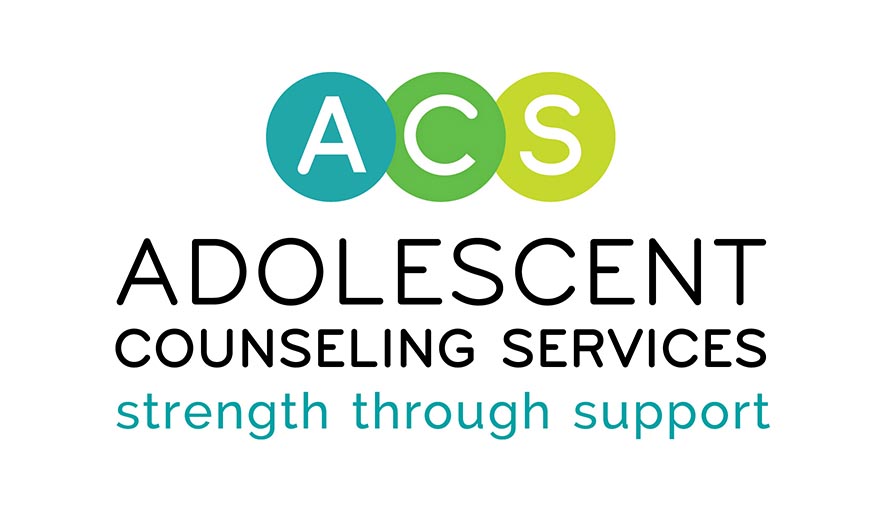
Domestic Violence Among Teens
Written By Evan Sahn, ACS Clinical Intern, Adolescent Substance Abuse & Community Counseling Programs
Domestic violence has recently become a more visible crime as survivors of assault are frequently more willing to report their perpetrators to the police. Even with this increased visibility, stories of domestic violence in the media have been centered almost entirely on the adult population while completely ignoring domestic violence among adolescents. Through my work experience facilitating adolescent domestic violence groups, I am often tasked with teaching perpetrators about the effects of domestic and sexual violence and encouraging them to take responsibility for abuse they inflict on others. Most commonly, teen perpetrators fall on a point in the ‘power and control wheel’; a 10-category framework of behaviors that are considered to be violence. It is important to recognize that only two of these categories include physically harming the victim. As such, physical violence is not a defining characteristic in an abusive relationship. My hope is to portray a fuller picture of how an adolescent abuser behaves, and how to identify these behaviors in order to stop the cycle of abusive interactions.
Physical abuse is the most widely recognized part of the definition of domestic violence. Physical abuse often leaves physical evidence that power and control took place. Its definition includes pushing, holding a person down, slapping, kicking biting, using a weapon, choking, spitting, restraining, and punching. No form of violence is particularly most common, but this is one of the few types of power and control that is a crime.
Physical abuse is listed first not to indicate its importance, but rather to show that violence is almost always preceded by numerous combinations of the other nine types of power and control. There are often signs that a partner is using power and control prior to the occurrence of physical abuse. The obvious and harmful consequences of physical abuse often obscure the damage caused by other types of power and control that occur.
Coercion and threats involve forcing a partner to do things against his/her will. This may be done through verbal threats of bodily harm, threating suicide, gang retribution, threats to reveal private information, or threats to harm someone the partner cares about.
Intimidation is a display of rage or violence. This could involve gestures, facial expressions, destroying property, yelling, or reckless driving. For example, past clients have admitted to mugging (intimating glare), breaking windows, and punching walls as a means of ensuring compliance from their victim.
Emotional abuse is one of the most common uses of power and control by teenagers. This type of power and control includes name calling, put downs related to body image or race, embarrassing him/her in front of others, and generally making him/her feel bad about their personality or appearance. Examples of these behaviors includes boasting about sexual acts performed by the victim in front of friends, calling the victim fat or stupid, referring to the victim with demeaning labels, and telling him/her that no one else would want them.
Isolation can often be one of the more troubling displays of power and control because it can result in cutting the victim off from a support system of people who might otherwise be able to help. This involves putting pressure on the partner to choose between either seeing that partner or seeing friends, family, and/or peers. These ultimatums are a manifestation of jealousy. The perpetrator is jealous that the victim values spending time with others; perhaps more than he/she values spending time with them. The most common example perpetrators disclose is forbidding the victim from going to parties where other potential partners might be attending. However, this sometimes extends to forbidding that person from spending any time with friends deemed ‘unlikeable’ by the perpetrator.
Minimizing, denying and blaming were by far the most common form of power and control encountered. If the perpetrator slapped the victim across the face, they might say “I only slapped him/her” implying that there could have been more violence. This minimizes slapping as no big deal or that he/she exercised self-control by not taking the violence further. An abuser might deny even slapping the victim at all despite multiple witnesses stipulating to the contrary. Or, there may even be a case of blaming the victim for being slapped for any number of reasons. These include saying “I warned him/her” or “he/she shouldn’t have cheated on me.” This type of power and control is most common because these traits are an extension of our humanity. People accused of any number of misdeeds will seek to avoid taking responsibility using minimizing, denying, or blaming. When a child steals a cookie, he might say, “I only stole one cookie,” “I never stole a cookie, someone else stole it,” or “if you had just given me the cookie, I wouldn’t have to steal it.”
Digital abuse is the most recent addition to the power and control wheel. The prevalence of cell phones and social media has made technology an extraordinarily integral part of teens’ lives. Consequently, they are also an emerging source of abuse. Examples of digital abuse include, searching the victim’s phone or emails, forcing a victim to send explicit content, and putting him/her down on social media. This is an incredibly common occurrence when speaking with perpetrators. Very often, the perpetrator would check texts to see if the victim was talking to other potential partners/friends. He/she might also physically take away a phone during an assault to prevent calling someone to help. Much of the time, teens are also unaware that sending and viewing explicit content was a crime if the victim was a minor.
Economic abuse is relatively uncommon with teens in comparison to adult perpetrators. This involves making the victim give the perpetrator money, stealing money, or expecting payment for expensive gifts or dinners. This type of power and control is rarely encountered in the adolescent population.
Using social status involves a sense of entitlement based solely on one’s gender. Very often this type of power and control would be combined with isolation and digital abuse. For example, the perpetrator would check a girlfriend’s/boyfriend’s phone and prevent them from going to parties; however, the victim was not allowed to check the other person’s phone, creating a double standard.
Sexual coercion includes insulting the victim’s sexual history, demeaning their body image, forcing sex, and insisting on sex without protection. This behavior is likely underreported because it is a crime, and almost always leads to the offender’s arrest. There is a greater stigma that surrounds sexual abuse more than other types of power and control. Crimes of this nature are not covered by confidentiality if the victim is a minor and, sadly, it is likely that clients in teen domestic violence groups had used sexual coercion on their victims and that those crimes went unreported.
References
Licurse, Deborah. Peace-it-together.org
